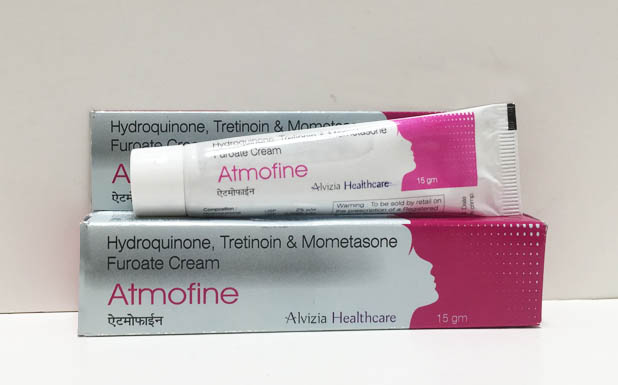
Composition
- Ofloxacin IP
0.75% w/v
- Ornidazole IP
2.0% w/w
- Terbinafine Hydrochloride IP
1.00% w/w
Packing
- 15 gm
Tube
MRP
- 72
Overview
The product contains antibiotic, antiprotozoal and antifungal used to treat skin infections. Ofloxacin is a broad-spectrum antibiotic that is active against both Gram-positive and Gram-negative bacteria. Terbinafine hydrochloride (Lamisil) is a synthetic allylamine antifungal.Ornidazole is an antibiotic used to treat protozoan infections.
Indication
- Skin infections
- Pelvic inflammatory disease
- Chlamydia
- Gonorrhoea
- Ringworm
- Athlete's foot
- Jock itch
- Tinea versicolor
Mechanism of action
Ofloxacin is an antibiotic of fluoroquinolone family of medications useful for the treatment of a number of bacterial infections. Ofloxacin is a broad-spectrum antibiotic that is active against both Gram-positive and Gram-negative bacteria. . It works by interfering with the bacterium's DNA, halting DNA replication. DNA replication requires DNA gyrase and topoisomerase IV. DNA gyrase allows the untwisting required to replicate one DNA double helix into two. Topoisomerase IV provides stability to the unwind DNA during replication. Ofloxacin inhibits these two and inhibit DNA replication thereby inhibits normal cell division.
Ornidazole is a nitro imidazole which has broad spectrum cidal activity against Protozoa and some anaerobic bacteria. Its selective toxicity to anaerobic microbes involves 1. Drug enters the cell by diffusion, 2. Nitro group of drug is reduced by redox proteins present only in anaerobic organisms to reactive nitro radical which excerts cytotoxic action by damaging DNA and other critical biomolecules. 3. DNA helix destabilization &strand breakage has been observed.
Terbinafine is an allylamine antifungal that inhibits squalene epoxidase (also known as squalene monooxygenase) to prevent the formation of ergosterol and cause an accumulation of squalene, weakening the cell wall of fungal cells. This inhibition leads to decreased ergosterol, which would normally be incorporated into the cell wall, and accumulation of squalene. Generation of a large number of squalene containing vesicles in the cytoplasm may leach other lipids away from, and further weaken, the cell wall.
Side Effects
Headache.
Diarrhea.
Rashes.
Numbness due to nerve damage
Contraindication